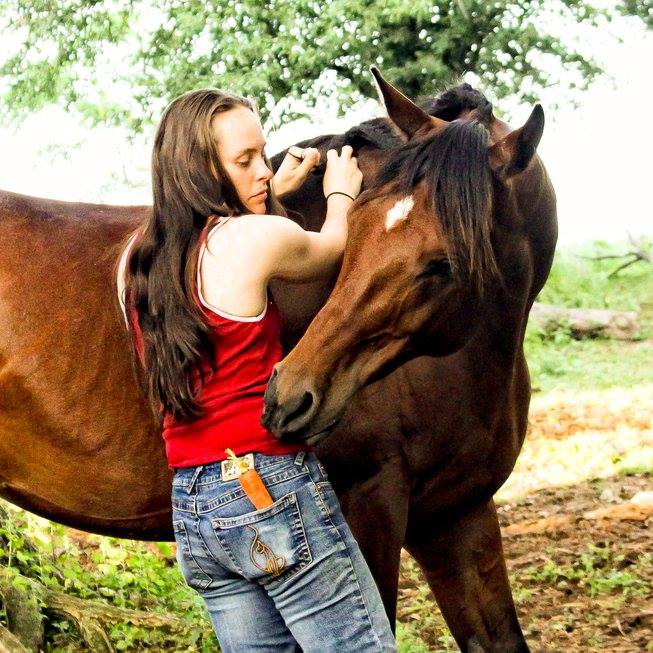
When I start working with a new horse, or a new horse and human pair, I always start with the basics. Makes sense, right? But I mean really basic: horse, please don’t eat the human. Human, here’s how and when to feed the horse. Once that’s sorted: horse, touch this weird thing with your nose. Human, here’s how you get the horse to touch the target. Even that’s maybe not so bad, especially if you’re new to positive reinforcement training.
The majority of the time, people come to me because they have a specific problem to solve. Rarely do I ever go in the front door of that problem. To be concise, here are several reasons why:
--- If the problem was solvable by walking in the front door of previous training, it wouldn’t be a problem. That door is usually locked. Or, if you can get in, there are poltergeists inside and you’ll get hit with a flying book or chair upon entry.
--- The method of training is new, and the basic skills take time to get a hold of even for the most adept horse/human pair. Reworking something you already know is a great way to build a new foundation, as well as spot potential issues before walking in the front door with guns blazing.
--- Because you’ve got a new foundation to stand on, sometimes training the opposite thing makes solving the original problem easier. For example, teaching the horse to move with a human can make standing still for something the human wants to do (such as hoof care) make more sense to the horse. It’s the difference that makes the difference.
--- Having several things you can cycle through in a training session means you’re less likely to drill any one thing. Ironically, drilling just puts holes in your training. You’ll save yourself and your horse frustration and fatigue while still working toward solving the original problem.
We will get there. We might just need to take a circuitous route through the back door to do what couldn’t be done through the front door.

